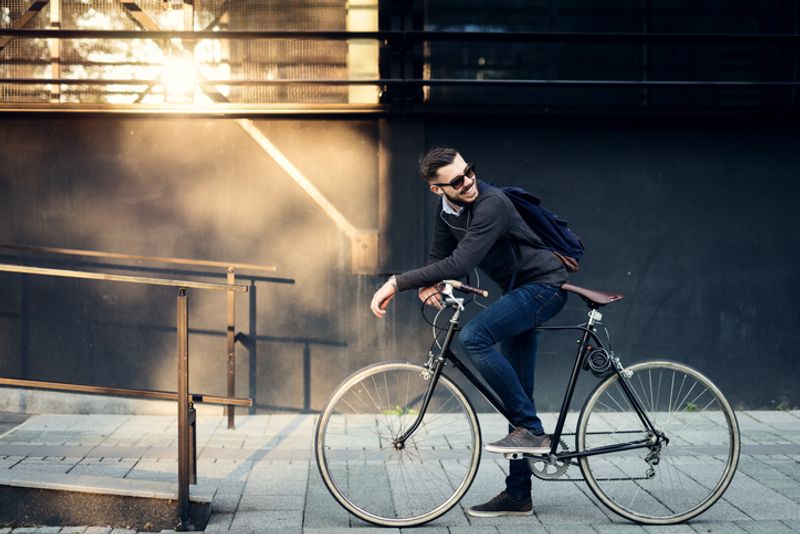
Some studies have suggested there may be a relationship between cycling and erectile dysfunction (ED) in men. However, before you panic and sell your bicycle, take into consideration that, at this time, the evidence on the topic is still limited and conflicting. The potential association between cycling and ED is likely more nuanced than one might expect. What’s more, there may be ways for cyclists to protect themselves against ED. Although this article is not a substitute for advice from a medical professional, it may help clarify some points regarding cycling and ED.
Why might cycling increase a man’s risk of ED?
The reason for a possibly increased risk of ED due to cycling has yet to be confirmed, but experts have proposed a few theories. One theory is that cycling (particularly for long distances and/or long periods of time) can compress the pudendal nerve, which is the nerve that is responsible for sending messages between the brain and genitals. Compressing this nerve by sitting on a bicycle seat for extended periods may interfere with the communication between the brain and the genitals, possibly leading to decreased sensation in the genitals and/or temporary ED.
Another theory is that consistent pressure on the perineum (the area between the anus and genitals) causes decreased blood flow to the penis, resulting in decreased penile oxygenation and potentially ED over time. Yet, despite the observation of temporary changes in penile blood flow/oxygenation in cyclists, these changes have not been associated with the presence of ED.
Does cycling pose a serious threat to erectile function?
It is natural to wonder how serious the risk of cycling-related ED might be. At this point, the data regarding cycling and ED has come mainly from smaller studies, so large-scale prospective studies with control groups would go a long way toward illuminating the level of risk. Nevertheless, given the mixed findings on the topic, many experts feel that the risk of ED due to cycling is less significant than originally believed.
A comprehensive literature review revealed several small studies that indicated that cycling has no effect on erectile function, one study that reported a higher risk of ED in cyclists, and one study that showed lower odds of ED in cyclists. Importantly, these differences could be due to confounding variables such as the intensity and frequency of cycling (i.e., amateur cyclists vs. professional/extreme cyclists) and the age and overall health of the participants. The presence of perineal trauma (perhaps caused by a biking accident) would also play a big role in the possible development of ED. Still, moderate cycling appears to pose a lesser risk to ED development than other factors such as smoking, hypertension, and age.
Is there anything I can do to reduce the possible risk of cycling-related ED?
Overall, cycling is a heart-healthy, low-impact exercise that is good for a person’s physical health. As such, you may wish to continue cycling, which is usually perfectly fine and advisable. If you are still concerned about ED, you may consider raising your handlebars or spending more time standing while riding your bike, as at least one study saw an association between these two factors and less genital numbness/soreness. Alternatively, you could consider a recumbent bike, which takes pressure off the perineum and therefore does not impact penile blood flow as much as a traditional bike.
The style of bike seat you use is another important consideration. One study that measured the penile blood flow of 20 young men after testing four different bike seats found that when it comes to penile oxygenation during biking, bike seat design matters. Of the four bike seats tested in the study, ((A) a narrow heavily padded seat, (B) a narrow seat with medium padding, (C) a wide unpadded leather seat, and (D) a wide seat with medium padding and no saddle nose,) seats A and B showed worse results than seats C and D. This finding led the researchers to conclude that wider seats are more important than padding for supporting healthy penile oxygenation. Seat D performed the best overall in terms of maintaining good penile blood flow, suggesting that the lack of a saddle nose may help riders avoid perineal compression.
Finally, it is important for cyclists who experience penile numbness or tingling to temporarily discontinue cycling until their symptoms improve. If you can, ask a professional to assess your bicycle seat and riding position to help identify what may be causing the problem. Of course, if you have any further questions about cycling and ED, it is a good idea to speak with your health care provider directly so that he or she can address your specific concerns.
Resources:
Awad, M.A., Gaither, T.W., Murphy, G.P., Chumnarnsongkhroh, T., Metzler, I., Sanford, T., Sutcliffe, S., Eisenberg, M.L., Carroll, P.R., Osterberg, E.C. and Breyer, B.N. (2018). Cycling, and male sexual and urinary function: results from a large, multinational, cross-sectional study. The Journal of urology, 199(3), 798-804. DOI: https://doi.org/10.1016/j.juro.2017.10.017
Baek, S., Lee, S.Y., Kim, J.M., Shin, E., Kam, S., & Jung, H.C. (2011). Bicycle riding: impact on lower urinary tract symptoms and erectile function in healthy men. International neurourology journal, 15(2), 97. DOI: 10.5213/inj.2011.15.2.97
Broderick, G. A. (1999). Bicycle seats and penile blood flow: Does the type of saddle matter. J Urol, 161(4), 178. https://ismseat.com/wp-content/uploads/2018/11/cyclingandpenile.pdf
Gan, Z.S., Ehlers, M.E., Lin, F.C., Wright, S.T., Figler, B.D., & Coward, R.M. (2021). Systematic review and meta-analysis of cycling and erectile dysfunction. Sexual medicine reviews, 9(2), 304-311. DOI: https://doi.org/10.1016/j.sxmr.2020.01.002
Kim, D.G., Kim, D.W., & Park, J.K. (2011). Does bicycle riding impact the development of lower urinary tract symptoms and sexual dysfunction in men?. Korean journal of urology, 52(5), 350-354. DOI: https://doi.org/10.4111/kju.2011.52.5.350
Leonhartsberger, N., Buttazzoni, A., & Steiner, H. (2010). 843 scrotal changes and fertility problems in extreme bikers. The Journal of Urology, 183(4S), e329-e329. DOI: https://doi.org/10.1016/j.juro.2010.02.2345
Lourenco, M., Gomes, G., Eliseu, M., Dinis, P., Parada, B., & Figueiredo, A. (2016). P-05-006 Erectile function in amateur cyclists. The Journal of Sexual Medicine, 13(5), S218. DOI: https://doi.org/10.1016/j.jsxm.2016.03.306
Mugalo, E.L., Ojiambo, R.M.E., Tam, C., Erickson, B., Ayuku, D., & Anjila, E.L. (2017). Occupational cycling is a risk factor for erectile dysfunction in East Africa. East African Medical Journal, 94(2), 68-71. https://www.ajol.info/index.php/eamj/article/view/156403
You may also be interested in...
Other Popular Articles
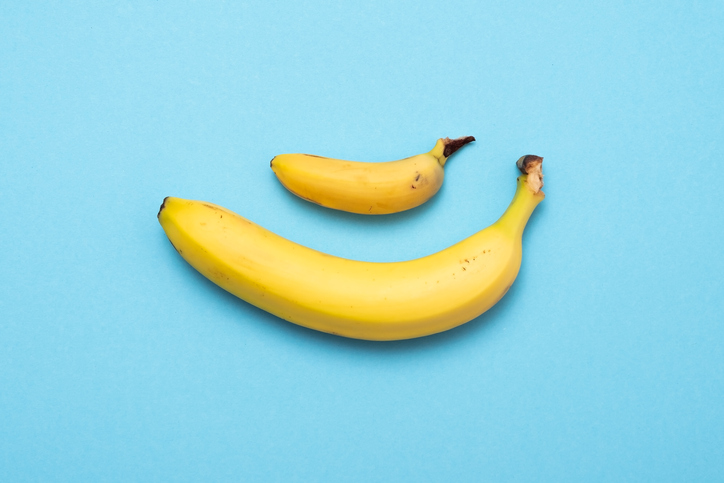
What Is Jelqing, and Does It Actually Work?
The term “jelqing” refers to a set of penis stretching exercises that some believe can make the penis bigger. Although the practice has gained attention and popularity in blogs and internet forums in recent years, there is no scientific evidence that it is an effective way to permanently increase the size of one’s penis. In fact, in some cases, jelqing may actually cause damage to the penis, so it is a good idea to get all the facts before setting off to try it.
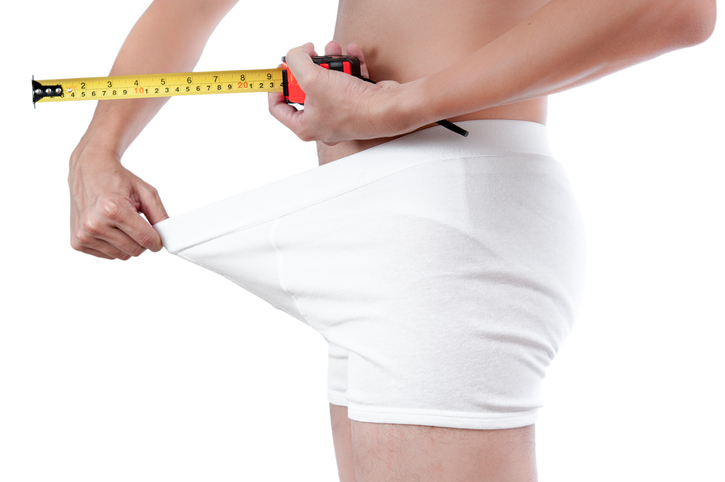
What Is the Average Penis Size?
If you have ever wondered how your penis compares to others in terms of size, you are not alone. Many men are curious to know how their penises stack up compared to the average. Unfortunately, general curiosity can sometimes give way to full-on obsession and anxiety about penis size. This can be an unhealthy and often unnecessary fixation, especially because most men who think their penises are too small have perfectly normal-sized penises.
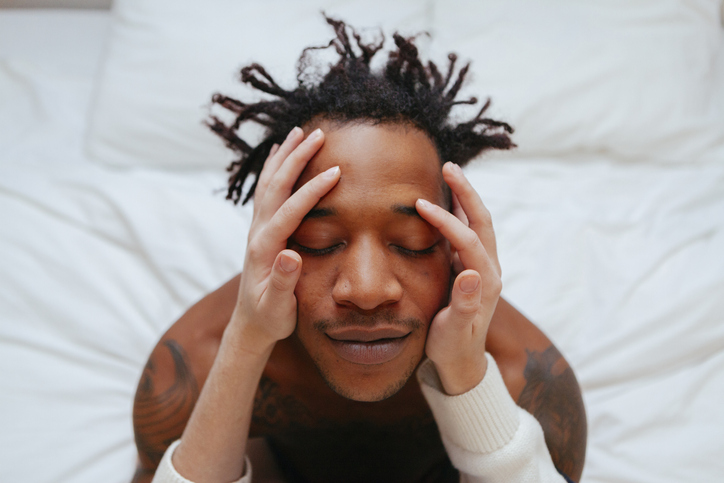
What Is Sensate Focus and How Does It Work?
Sensate focus is a technique used to improve intimacy and communication between partners around sex, reduce sexual performance anxiety, and shift away from ingrained, goal-oriented sexual patterns that may not be serving a couple.
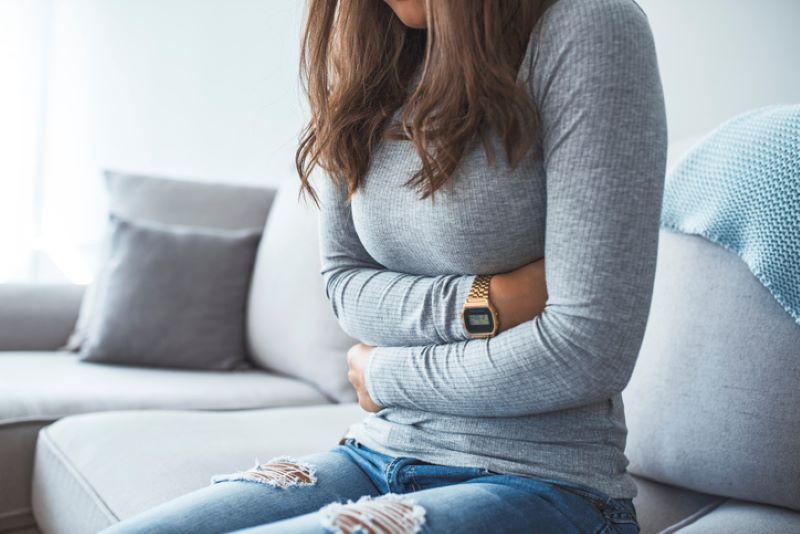
Can Sex Reduce Menstrual Cramps?
The SMSNA periodically receives and publishes ‘guest editorials.’ The current article was submitted by Mia Barnes, a freelance writer and researcher who specializes in women's health, wellness, and healthy living. She is the Founder and Editor-in-Chief of Body+Mind Magazine.
Having sex while you experience menstrual cramps is healthy and can provide significant benefits. While it might not be the first activity that comes to mind when your PMS or period cramping begins, many people enjoy sex to reduce menstrual cramps, experience increased pleasure and benefit from other advantages. Learn more about having sex while menstrual cramps are happening and how it can help your body.
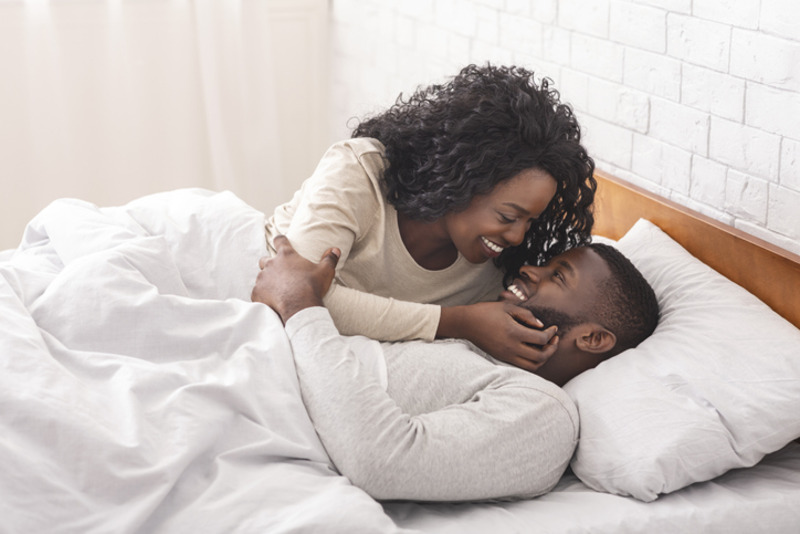
How Long Does It Take the Average Man to Ejaculate?
On average, it takes a man between 5 to 7 minutes to orgasm and ejaculate during sexual intercourse.
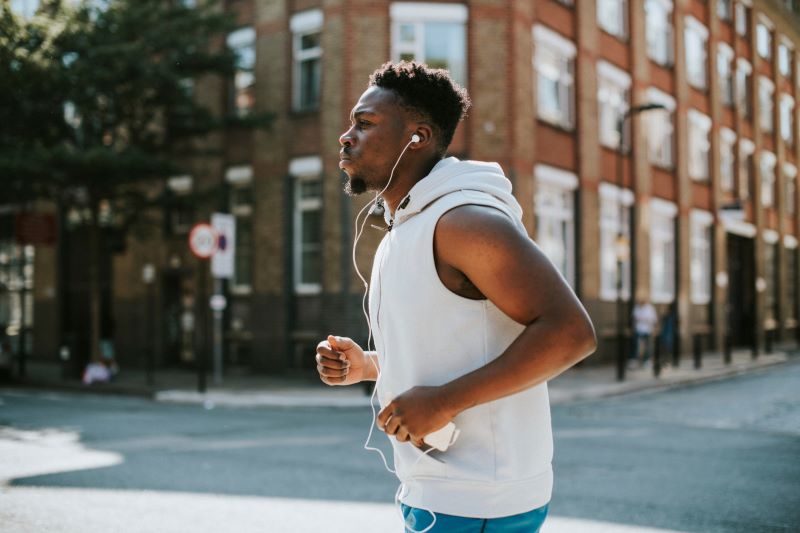
The Effect of Regular Aerobic Exercise on Erectile Function
Erectile dysfunction (ED) is the inability to achieve or maintain an erection sufficient for satisfactory sexual activity. As men get older, their erectile functioning may naturally decline due to changes in testosterone levels, cardiovascular functioning, and the potential development of other chronic medical conditions that become more common with age.
You are prohibited from using or uploading content you accessed through this website into external applications, bots, software, or websites, including those using artificial intelligence technologies and infrastructure, including deep learning, machine learning and large language models and generative AI.

